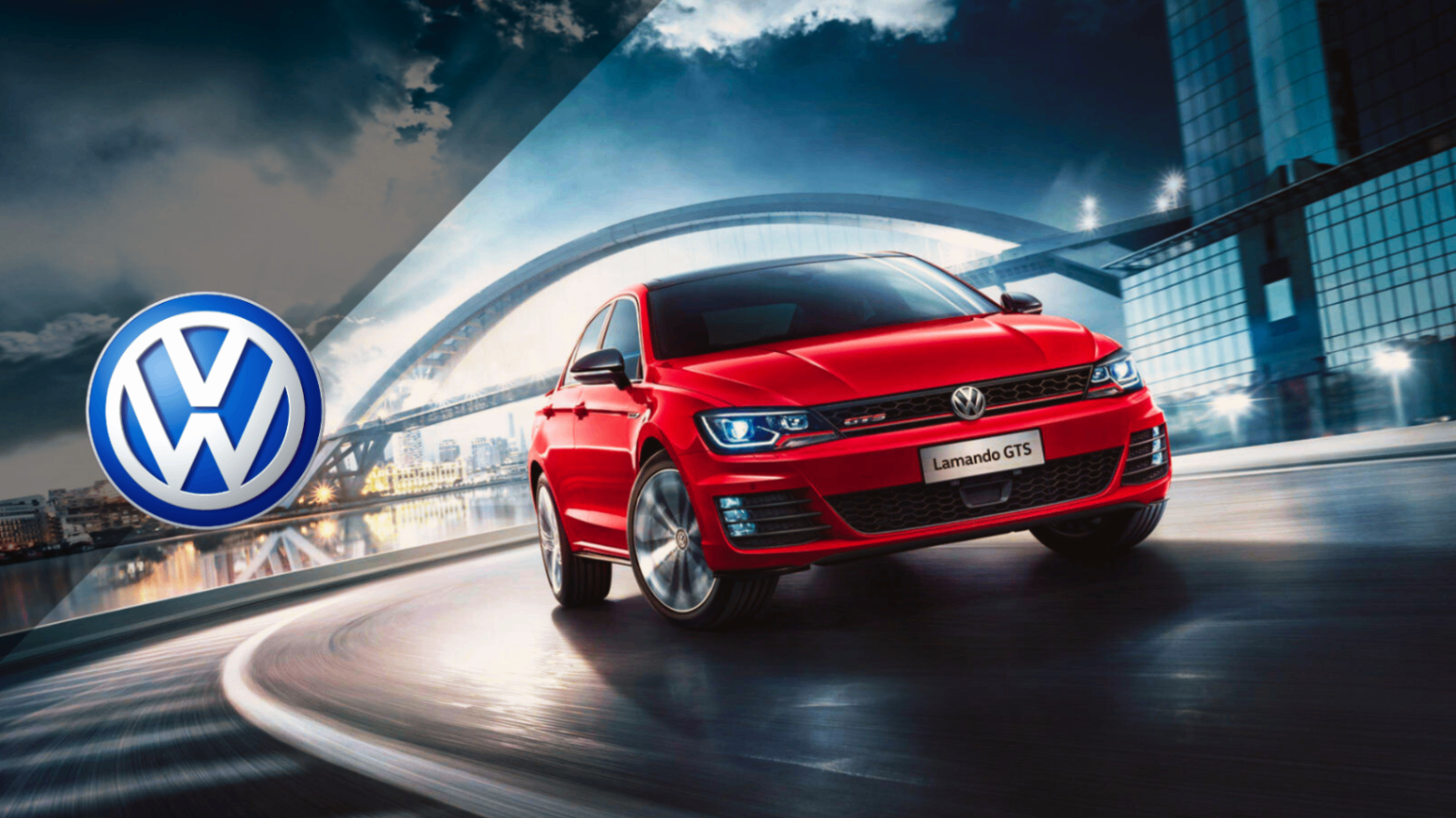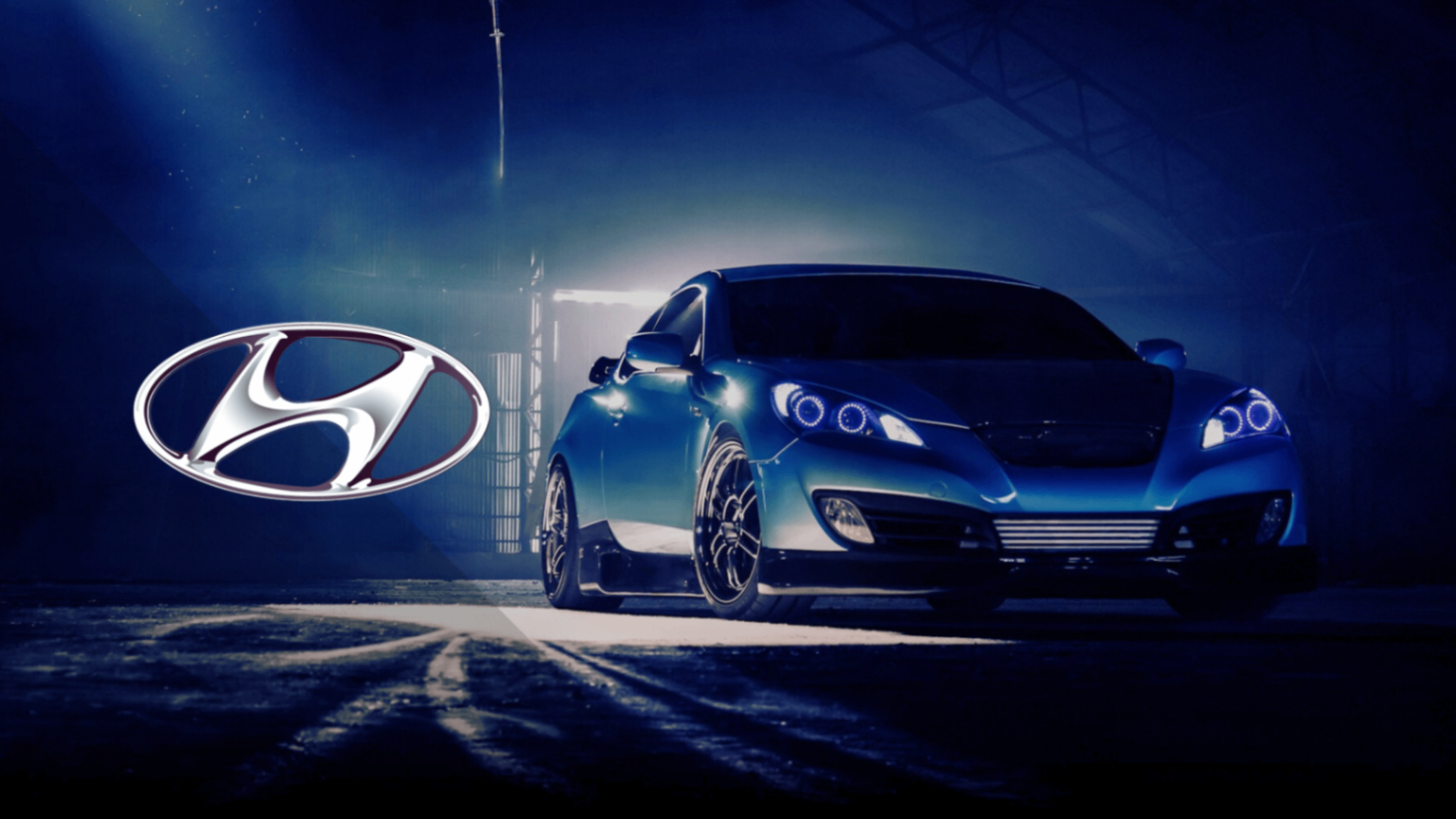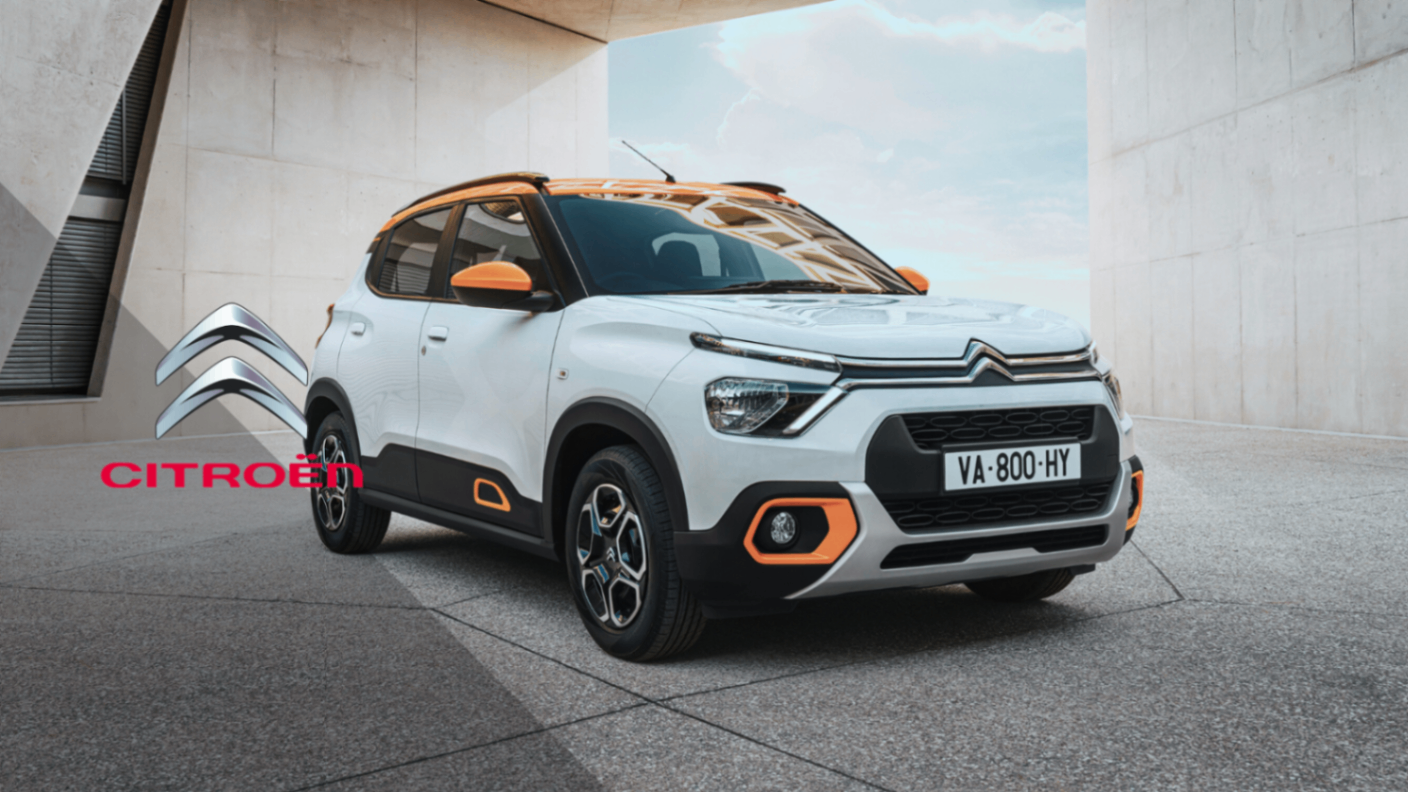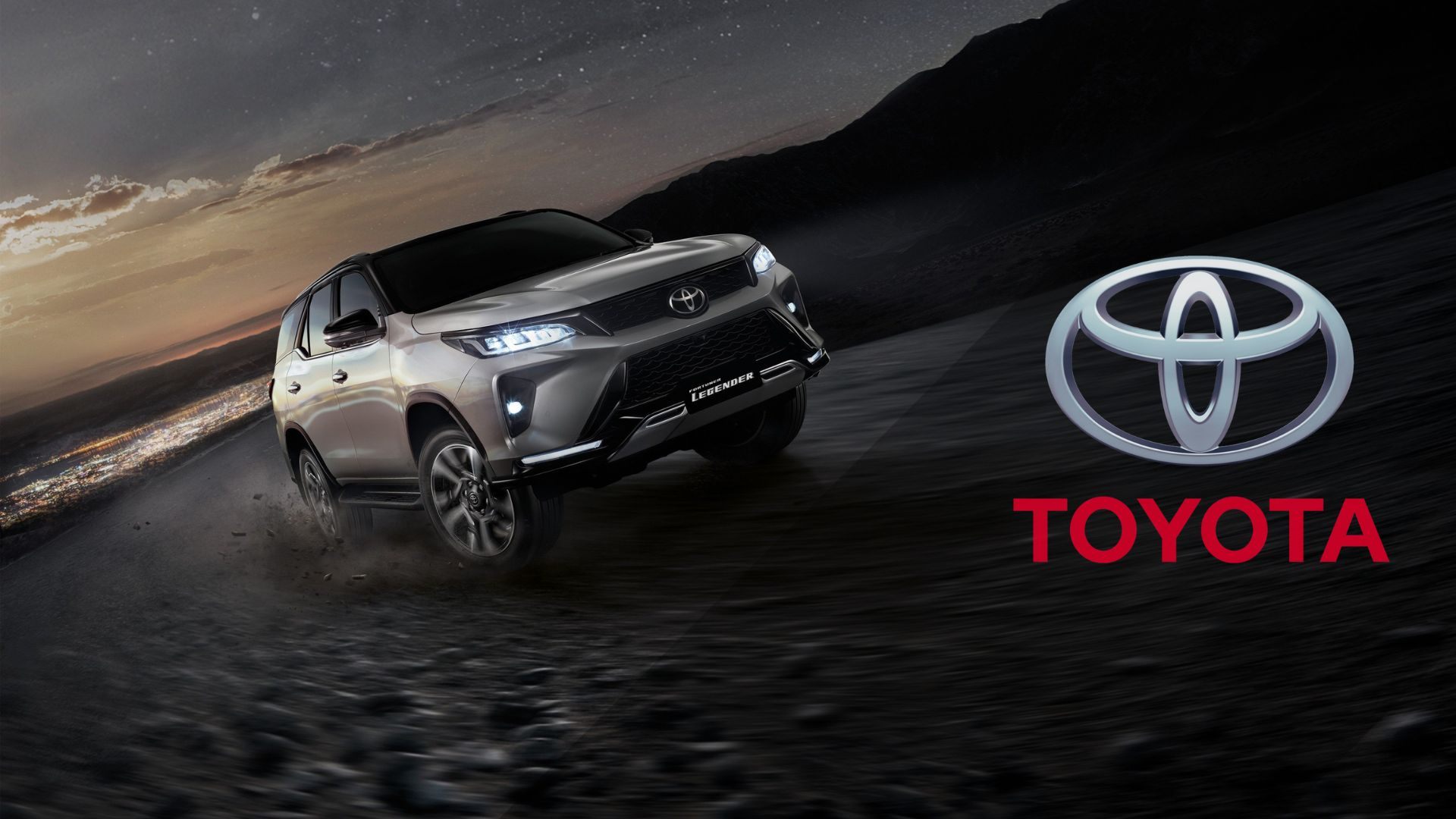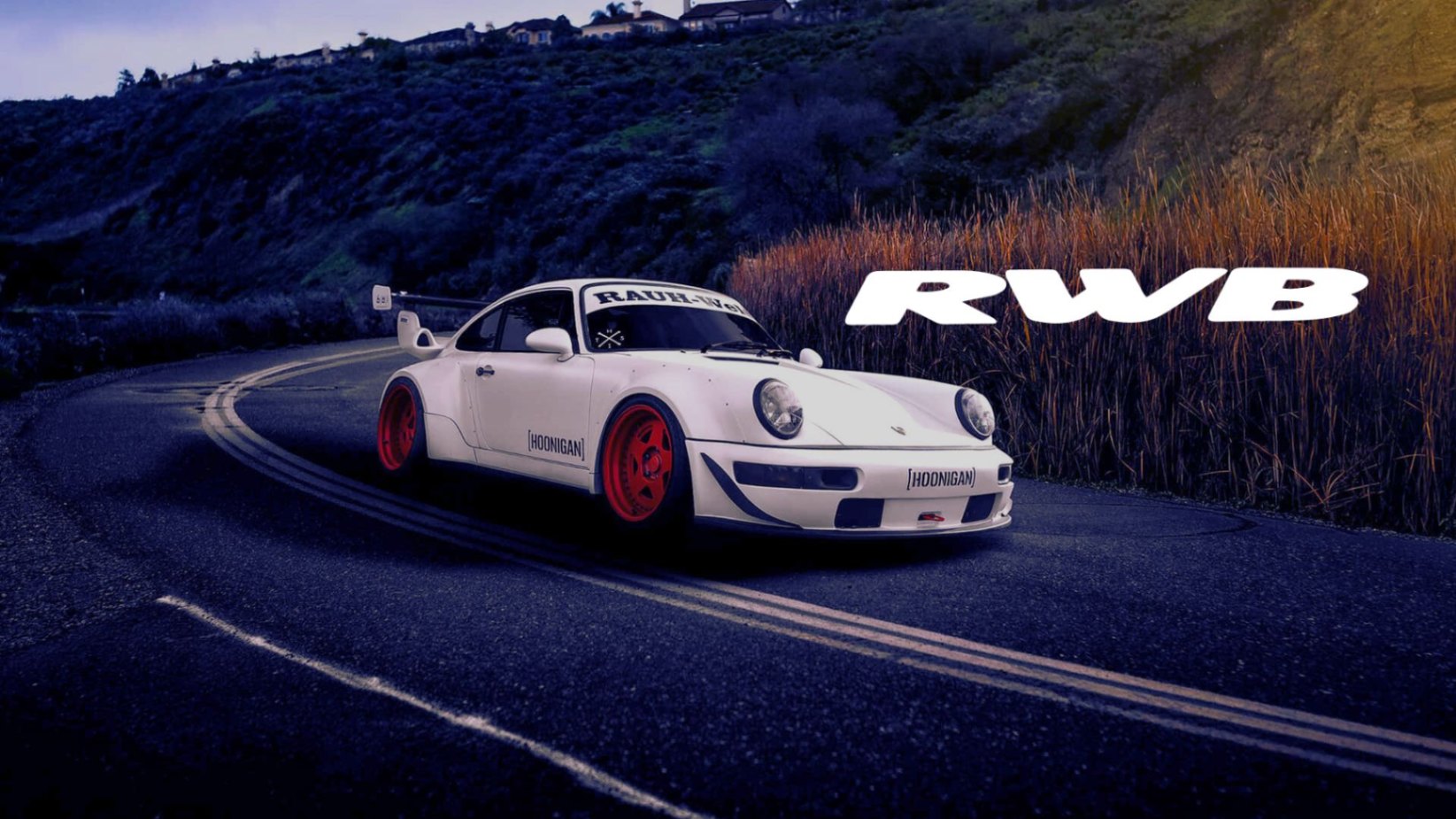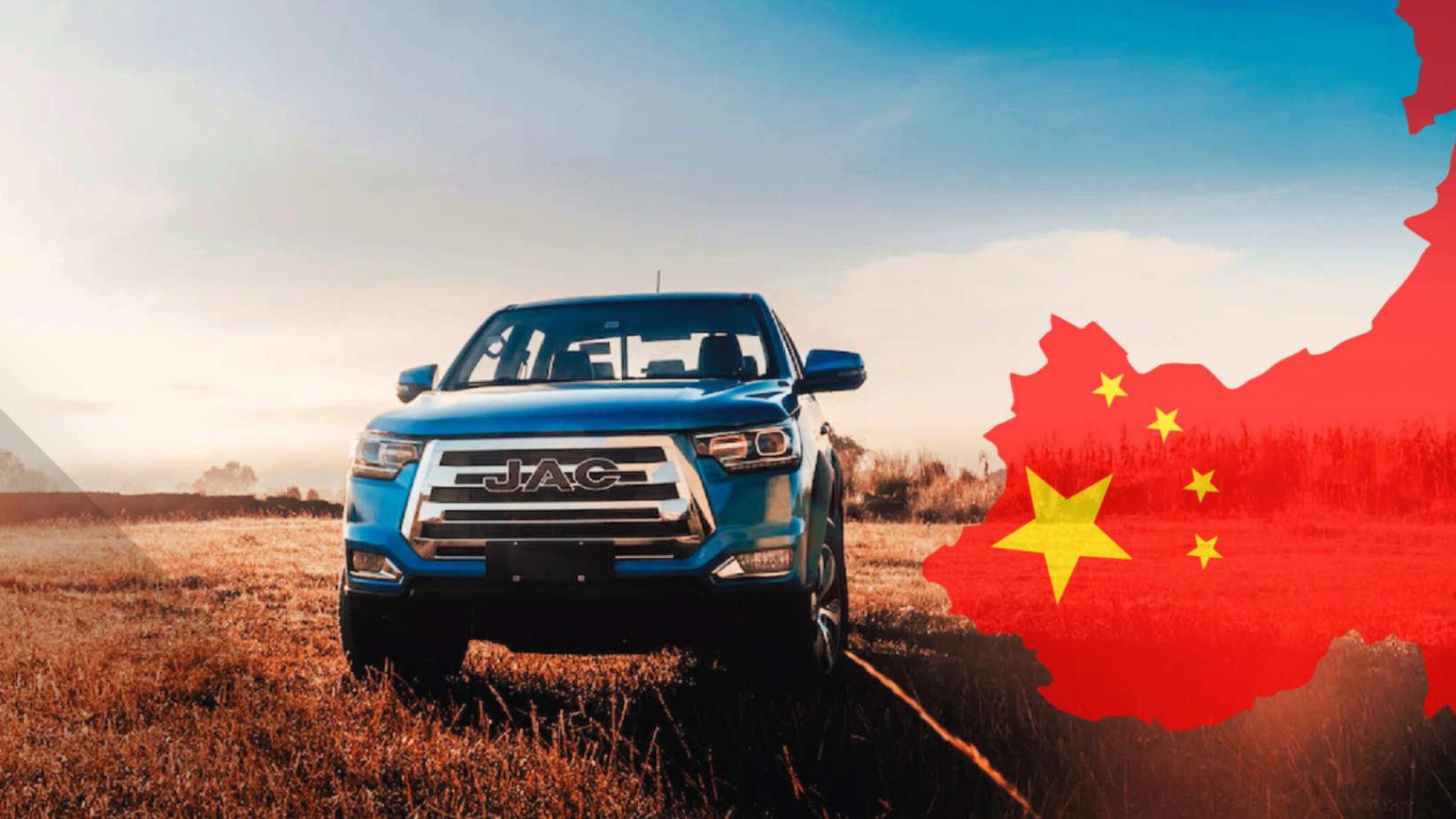
From its humble beginnings in turbulent 1930s Germany to its status as a global automotive giant, Volkswagen has been synonymous with affordability, innovation, and reinvention. This blog will guide you through the key milestones of its history, revealing how a modest economy car transformed into a worldwide icon that continues to shape the future.
The Origins of Volkswagen: A Car for the People
Volkswagen was founded in Nazi Germany under the initiative of Adolf Hitler in the 1930s. The goal was to develop an affordable car for the masses, leading to the design of the Volkswagen Beetle by Ferdinand Porsche. This project was part of Hitler's broader vision to motorize German society, allowing families to own their own affordable transportation.
See also: Porsche's Dark Side: Cars and Armaments in Nazi Germany
The Volkswagen Beetle, also known as the 'Bug', was designed to be a people's car: a sturdy, simple vehicle that could be mass-produced. However, World War II interrupted its initial production, and Volkswagen factories were repurposed to manufacture military vehicles. During this time, military versions of the Beetle, such as the Kübelwagen and Schwimmwagen, were extensively used by the German armed forces.
You might also be interested in: Bombs Couldn't Stop It | The Incredible Story of Honda
Despite these challenges and the somber historical context in which it emerged, the concept of a 'people's car' remained intact and would later be revitalized. After the war, the Volkswagen plant in Wolfsburg lay in ruins, but under British supervision, Beetle production was resumed. British commander Major Ivan Hirst played a pivotal role in this revival, recognizing the Beetle's potential to contribute to the economic recovery of post-war Germany. Thus, the Volkswagen Beetle not only survived the war but emerged as a symbol of perseverance and reinvention, laying the foundation for what would become one of the world's most iconic automotive brands.
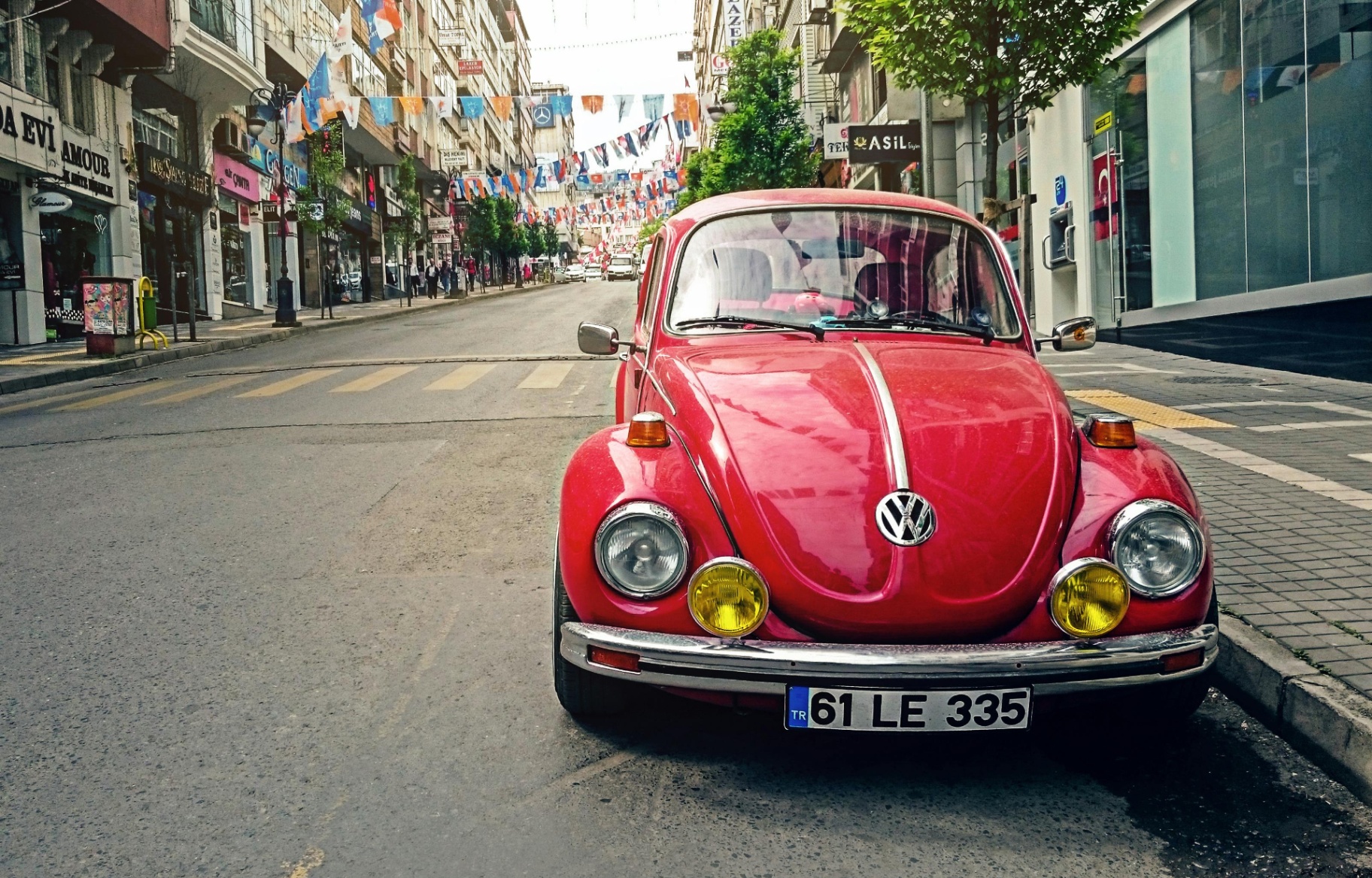
Volkswagen's Postwar Revival
With the Wolfsburg plant rebuilt, Beetle production resumed and quickly gained traction. In Europe, the devastation of war had created a huge demand for affordable, reliable vehicles, and the Beetle fit the bill perfectly. Its sturdy design and fuel efficiency made it a popular choice among European consumers looking to rebuild their lives in peacetime.
The Beetle was not only well-received in Europe but also crossed the Atlantic to conquer the American market. In the 1950s, Volkswagen launched an aggressive marketing campaign in the United States, emphasizing the Beetle's unique qualities. The clever and memorable advertising, which highlighted its compact size and reliability, resonated with the American public, accustomed to larger, less efficient cars. This strategy was a resounding success, and the Beetle quickly became a cultural phenomenon.
Discover Chevrolet: The Chevrolet Story: A Legendary Drive
The combination of simple design, reliability, and affordability made the Beetle one of the best-selling cars in history. This period marked the beginning of Volkswagen's transformation into a globally recognized brand. The Beetle was more than just a mode of transportation; it became a symbol of economic and social recovery for a Germany seeking redemption and a brighter future. Thus, the Beetle, with its distinctive rounded shape and rear-mounted engine, left an indelible mark on automotive history and the collective memory of millions worldwide.
The Beetle: A Global Icon
In the 1960s and 70s, the Beetle became a symbol of counterculture in the United States. Its simple design and reliability made it appealing in many markets worldwide. During an era marked by the hippie movement, the search for peace, and a rejection of established norms, the Beetle emerged as the vehicle of choice for those looking to challenge the status quo. With its distinctive shape and rear-mounted engine, the Beetle offered an affordable and fun alternative to the large, expensive American cars of the time.
The Beetle also made its mark in popular culture, appearing in films, television series, and songs that captured the spirit of the era. Perhaps one of the most iconic examples is "Herbie," the Beetle star of the Disney film series, which added a touch of magic and personality to the already beloved car. This media exposure not only increased its popularity but also solidified its place in the collective memory of several generations.
The Beetle's influence extended beyond the borders of the United States. In Latin America, for example, the Beetle, known as the "Vocho" in Mexico, became a mainstay of public and private transportation, being produced locally until 2003. In Brazil, the "Fusca" earned a special place in the hearts of drivers, while in Germany and other European countries, the Beetle symbolized reconstruction and progress.
The Beetle ceased production in 2003, after more than 21 million units sold, solidifying its status as a global icon and a testament to Volkswagen's success in the automotive market. Its legacy endures not only as a vehicle but as a symbol of change, adaptability, and cultural connection. Its success demonstrated that ingenious design and efficient production could create a product that transcended generations and borders.
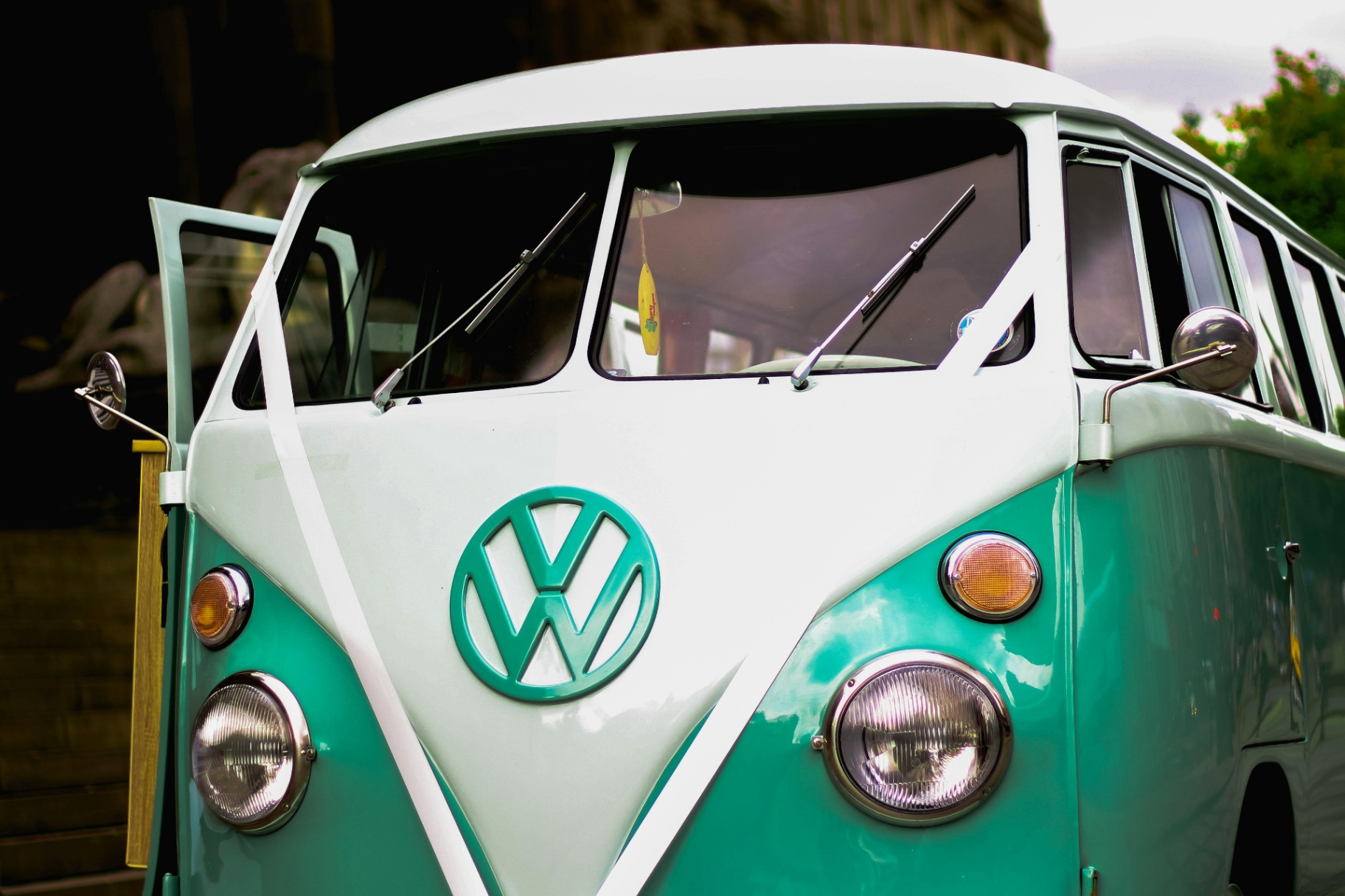
Volkswagen's Diversification: New Models for New Generations
*"In 1974, Volkswagen introduced the Golf, a model that revolutionized the compact car category. This vehicle quickly became a success and helped diversify the brand's product line. The Golf, with its modern and efficient design, catered to the needs of a new generation of drivers seeking a practical, economical, and high-performing car. Its versatility made it popular worldwide, from the narrow streets of Europe to the wide American highways. With each new generation, the Golf has evolved, incorporating advanced technologies and remaining at the forefront of automotive innovation. This model not only solidified Volkswagen's reputation in the compact segment but also set a new industry standard.
In addition, the Kombi (Volkswagen Transporter) had a significant impact on surf culture and road trips. This vehicle became an emblem of freedom and adventure, especially among young people in the 1960s and 70s. The Kombi, with its ample space and ability to adapt to various configurations, was the preferred choice for those looking to explore the world without sacrificing comfort. The image of a decorated Kombi filled with surfboards on the beach became a cultural icon, symbolizing the free spirit and the pursuit of new experiences.
Volkswagen expanded its product range to appeal to different types of drivers, solidifying its position in the market. The brand introduced models like the Passat and the Jetta, which catered to the family sedan and executive sedan segments, respectively. With this diversification, Volkswagen was able to capture a wider audience, offering vehicles that suited various needs and lifestyles. This strategy allowed the brand to remain relevant and lead in multiple categories of the global automotive market.
Volkswagen Today: Innovation and Sustainability
*"In recent years, Volkswagen has committed to innovation and sustainability, particularly with its investment in electric vehicles, such as the ID.4. This model, part of Volkswagen's new ID family, represents a significant step toward a greener and more technologically advanced future. Equipped with the latest battery technology and driver assistance systems, the ID.4 promises a driving experience that is not only efficient and eco-friendly but also exciting and modern.
Following the 2015 emissions scandal that shook the brand and questioned its commitment to transparency and environmental responsibility, Volkswagen has redoubled its efforts in technology and sustainability. The company has implemented a comprehensive strategy to regain public trust and lead the transition to electric mobility. This includes multi-billion-dollar investments in research and development of electric vehicles, as well as in the infrastructure necessary to support their mass adoption, such as fast-charging stations and energy management systems.
Furthermore, Volkswagen has set ambitious carbon emissions reduction targets, not only for its products but also for its production processes. The Zwickau plant, for example, has been transformed into a facility dedicated exclusively to the production of electric vehicles, with a focus on energy efficiency and the use of renewable energy sources. This commitment to sustainability is also reflected in the creation of the modular electric platform (MEB), which allows for greater flexibility in the design of electric vehicles and optimizes the use of resources.
At the same time, Volkswagen is working on the development of advanced technologies such as autonomous driving and intelligent connectivity, which promise to revolutionize the mobility experience in the coming years. With projects like the ID.Buzz, an electric reinterpretation of the iconic Kombi, the brand is not only looking to the future but also honoring its legacy, fusing tradition and innovation in a single vehicle.
In this journey towards electrification and sustainability, Volkswagen aims to remain at the forefront of innovation, adapting to changes in the automotive industry and responding to the new expectations of consumers. The company's vision is clear: to become a global leader in electric and sustainable mobility, offering vehicles that are not only accessible and efficient but also contribute to a cleaner and healthier future for all.
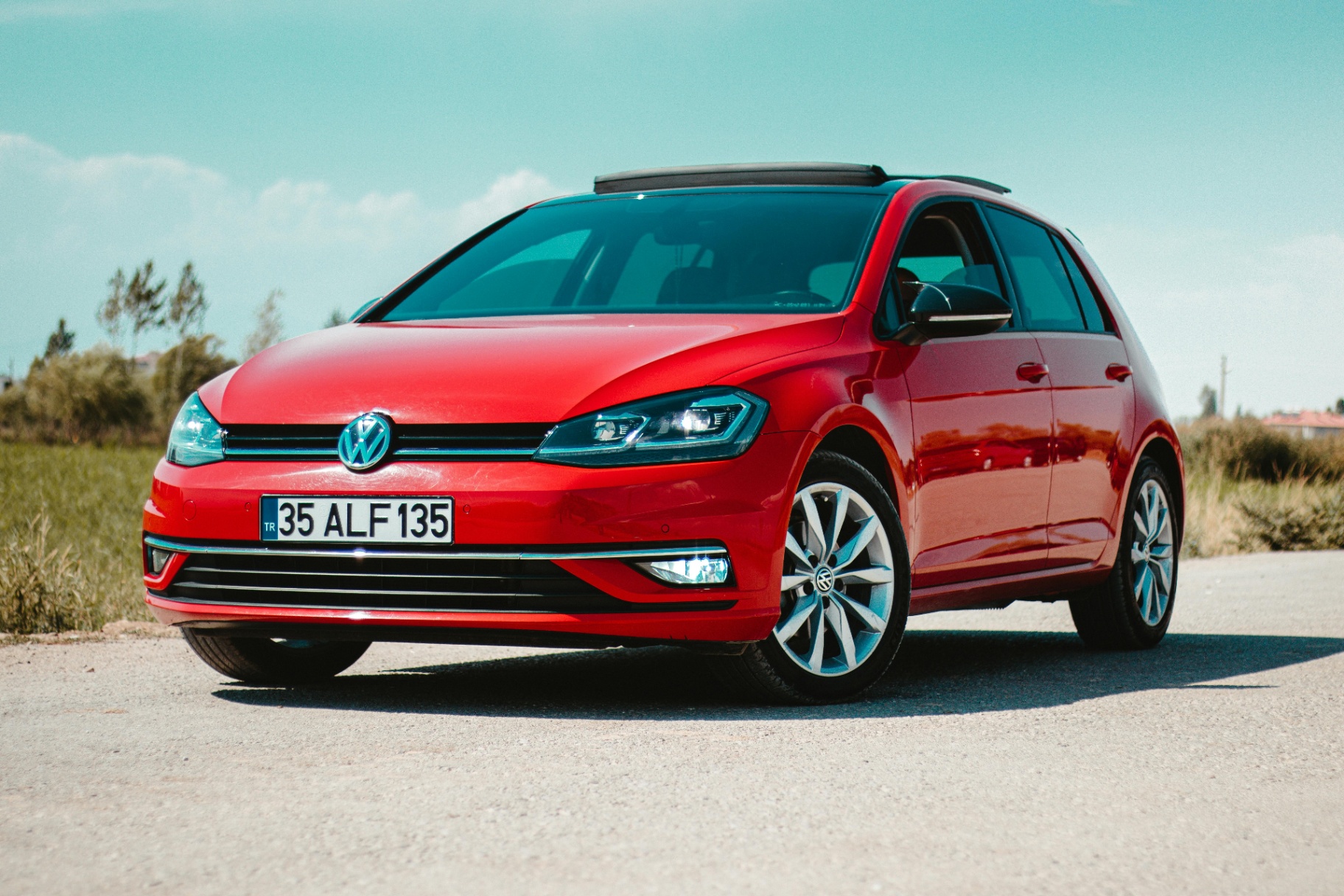
Volkswagen's Future: The People's Car in the Electric Age
*"Volkswagen has ambitious plans for the future, with a vision to lead in electric mobility. The brand is focused on developing and producing a new generation of electric vehicles that are accessible to all. This goal is not only focused on creating efficient and eco-friendly cars but also on ensuring that these vehicles are affordable and within reach of a wide range of consumers.
To achieve this, Volkswagen is investing heavily in research and development to innovate battery technologies and optimize production costs. The company is also working to expand its charging infrastructure, collaborating with governments and other entities to create a robust and reliable network of charging stations. This comprehensive approach ensures a smooth and convenient transition to electric mobility for users.
Additionally, Volkswagen is committed to educating and raising public awareness about the benefits of electric vehicles. Through informative campaigns and test drive programs, the brand seeks to demystify the challenges associated with electrification and showcase the advantages of adopting more sustainable mobility. This includes efforts to explain energy efficiency, savings in maintenance costs, and reduced carbon footprint, aspects that are increasingly important for environmentally conscious consumers.
These changes have the potential to keep Volkswagen relevant in an ever-evolving market, staying true to its mission of being the 'people's car' even in the age of electrification. The combination of technological innovation, affordability, and a strong commitment to sustainability positions Volkswagen as a leader in the automotive industry of the future.
With its clear vision and decisive actions, the brand not only aspires to lead in the field of electric vehicles but also to redefine what it means to be a car manufacturer in the 21st century, adapting to the needs and expectations of new generations without losing sight of its roots and fundamental values.

